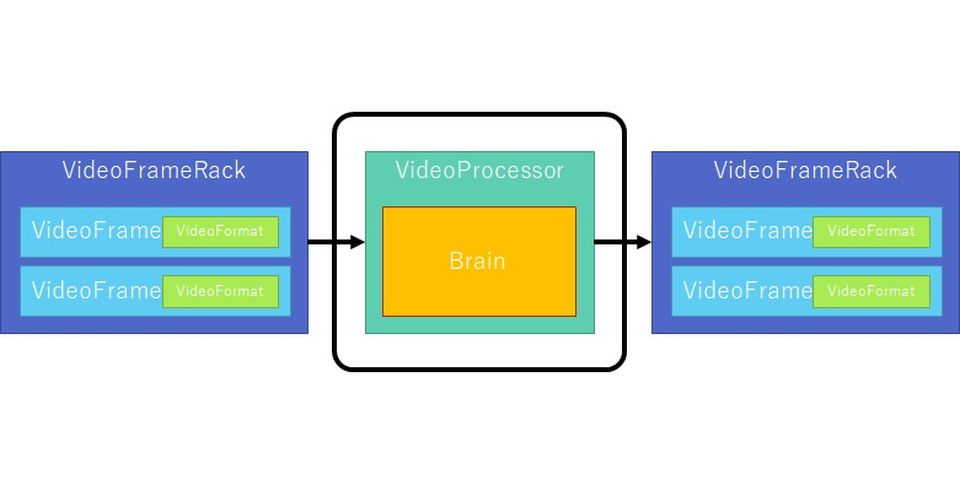
Research platform for professional video processing
Simplicity is an excellent design concept
The MIMO DSP Platform is designed with a simple and clear interface that minimizes the learning cost of development, and is used as a research platform for professional video processing by companies involved in professional observation systems.
The minimum implementation required for computational processing is shown below.
|
|
Video input/output processing can be done with built-in plug-ins, so with just a few dozen lines of code, you can realize four channels of full HD 60p input and real-time image processing with the GPU. Of course, expansion of the number of channels can be handled with a few implementation changes.